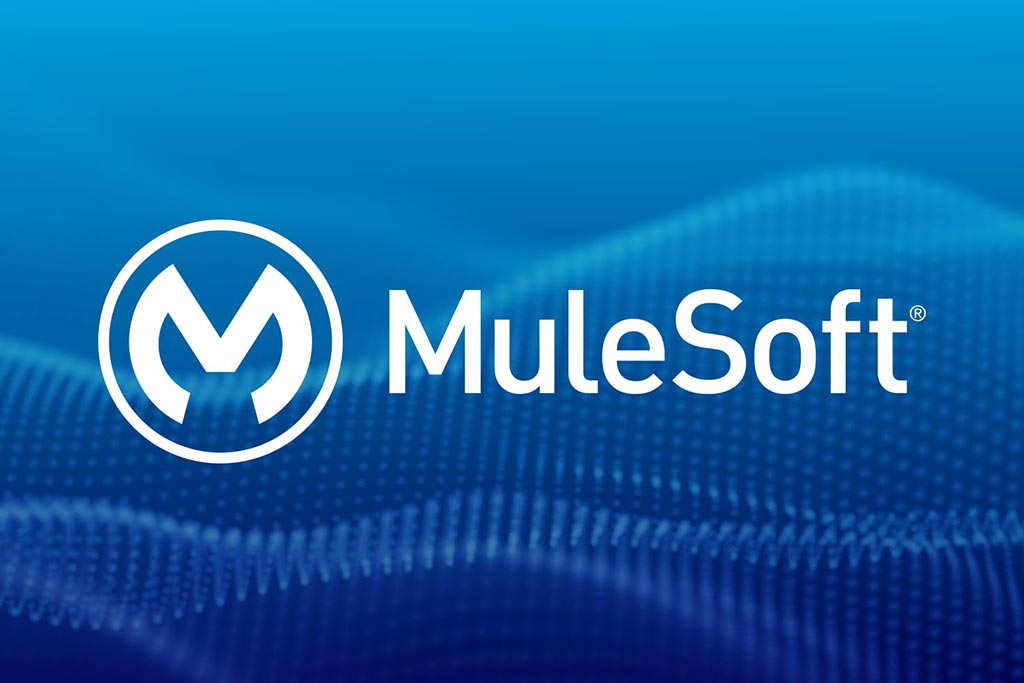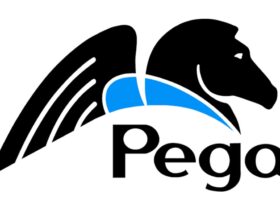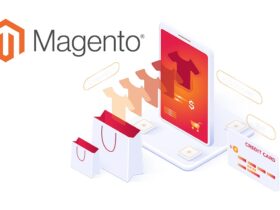Ross Mason and Dave Rosenberg developed MULESOFT IN THE YEAR 2007. For more than a year, MuleSoft was a component of the Salesforce family. During that time, by conveniently linking all the business processes, we helped businesses achieve digital transformation.
MuleSoft provides the most widely used integration platform. To know more about it, scroll down and check out its features, definition, and career aspects.
What is MuleSoft?
MuleSoft is written in Java, a code that is widely used by both experienced and novice developers; thus, a strong command of the language, as well as any kind of structured training in the field of computer science, is suggested. That is not to suggest that you cannot begin as a total newcomer; nevertheless, be advised that you will have your job cutting out for you and will undoubtedly face stiff competition.
MuleSoft is a data integration platform built to connect a variety of data sources and applications, and perform analytics and ETL processes. MuleSoft has also developed connectors for SaaS applications to allow analysis on SaaS data in conjunction with cloud-based and traditional data sources.
About Mulesoft
MuleSoft is a data integration platform built to connect a variety of data sources and applications, and perform analytics and ETL processes. MuleSoft has also developed connectors for SaaS applications to allow analysis on SaaS data in conjunction with cloud-based and traditional data sources.
The MuleSoft Anypoint platform is designed around the Mule Enterprise Service Bus (ESB) and Event Driven Architecture (EDA). The platform creates a network of data, applications, and devices through APIs. MuleSoft’s expanded view of integration provides the flexibility to integrate new technologies without custom coding each new integration.
Why Use Mulesoft?
MuleSoft’s Anypoint Platform is the world’s leading integration platform for SOA, SaaS, and APIs. MuleSoft provides exceptional business agility to companies by connecting applications, data, and devices, both on-premises and in the cloud with an API-led approach.
Why is there so much demand for Mulesoft in Industry?
Outstanding interconnection: Developers can quickly and easily link apps to Twitter, SAP, Oracle, and Facebook, among other platforms.
Compactness- Mule enables the development of lightweight applications by allowing for the easy removal of all unnecessary components.
User friendly: The large tool repository is built to support a multitude of operating systems, making it accessible to programmers with little prior experience in software development.
Mulesoft accomplished the objective admirably. The corporation’s AnyPoint Product is the world’s biggest integration platform, enabling consumers to easily migrate their SOA systems from on-premises networks to SaaS-based models — regardless as to whether the system is public or private — and integrate other cloud-related innovations.
Who uses Mulesoft?
According to its website, MuleSoft, as of July 2018, has over 1,200 customers, which include the Leukemia and Lymphoma Society, Asics, Wells Fargo and Siemens.
Certification for Mulesoft
- MuleSoft Certified Developer – Level 1 (Mule 4)
- MuleSoft Certified Developer – Level 1 (Mule 4) DELTA.
- MuleSoft Certified Developer – Integration and API Associate (Mule 3)
- MuleSoft Certified Developer – API Design Associate (RAML 1.0)
- MuleSoft Certified Developer – Integration Professional (Mule 3).
Features of Mulesoft
- Service creation and hosting
- Service mediation
- Message routing
- Data transformation.
Job Responsibilities
The MuleSoft Developer works with the Engagement Manager, customers, architects and partners to implement MuleSoft’s Any Point platform in order to solve mission-critical business challenges.
Job Role
As you would imagine, the role of MuleSoft Developer is very challenging, especially in terms of requisite skills and expertise, which should include both general integration capabilities and Anypoint Studio-specific functionality. Demand for new developers is increasing rapidly. Currently (Summer 2019), Dice.com alone has almost 36,000 available places for potential MuleSoft Developers. With Salesforce’s massive purchase of MuleSoft last year and the company’s exponential success, it seems as if now is the right time to pursue this career direction, as it is more advantageous and lucrative than ever. Job roles associated with Mulesoft include-
- Mulesoft Developer
- Engagement Manager
- Customer support Engineer
- Architect.
Top Location for Mulesoft Job
These are the cities you’ll build your career as Mulesoft
- Bangalore
- Pune
- Chennai
- Mumbai
- Delhi.
Name of the companies hiring for Mulesoft
Businesses are searching for engineers and architects who can see through the enclosure of traditional solutions, and are constantly on the lookout for better, simpler, and more effective methods of data flow enhancement. A simple and receptive approach to business requirements is therefore central to the whole process, requiring developers to reach deep inside and channel their inner-artist; one who can’t wait to stamp their label on a blank canvas.
- ANI Calls India
- Accenture
- Cognizant
- IBM.
- Wellsfargo
- SAP
- ORACLE, ETC
Salary packages for Mulesoft Job
A Mulesoft certified professional is anyone who works in the MuleSoft setting, using software such as Anypoint Studio or even other small MuleSoft devices, to create APIs that are then used to implement customer systems. Mulesoft Developers operate in the Mule community but are not required to work with Mulesoft or Salesforce. The average salary package for Salary packages for Mulesoft Job is ₹5.2LPA. And the salary varies from Company to Company.
Where and therefore the way we are using this technology in real-time?
MuleSoft, in May 2018, was acquired by Salesforce, a software as a service (SaaS) provider. Salesforce now uses MuleSoft technology as part of its Salesforce Integration Cloud.
Does one need basic skills to wish to hunt out about this course
- Experience with an object-oriented language.
- A basic understanding of data formats such as XML, CSV, and JSON.
- A basic understanding of typical integration technologies such as HTTP, JMS, JDBC, REST, and SOAP.
Conclusion
Mulesoft is currently used by business companies such as Siemens, Splunk, Unilever, and Fortune1000. Mulesoft was purchased by Salesforce in 2018, and Mule ESB is still the de facto option for several businesses’ current integration needs.
Mulesoft therefore provides an exciting professional opportunity for enthusiastic app developers. So, are you an Mulesoft enthusiast?






Leave a Reply